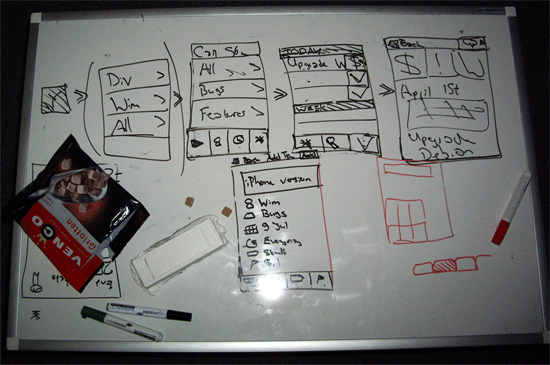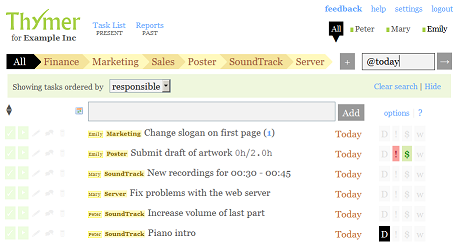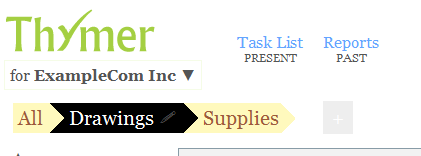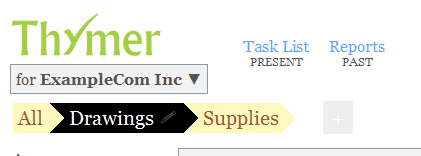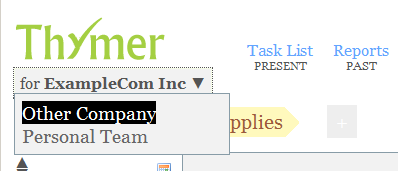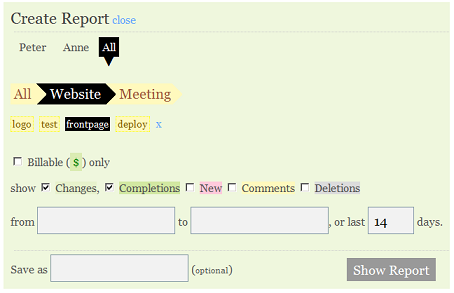The last couple of weeks we’ve been working on some major improvements. Features for working more easily with people across multiple companies and teams.
Some people use Thymer within teams and companies, some use Thymer to keep track of personal matters. Often however, people use Thymer for both. There are very busy users out there, being a part of multiple teams/companies. Some of you asked if it would be possible to join multiple teams, or not show the personal projects while at work. Another issue was that users that were already using Thymer wanted to start a team later on. Finally, users asked us for access restrictions to certain projects for certain users (e.g. when some external client is just involved in one project, or when not everyone is allowed to participate all projects).
We decided to rethink the way teams and personal accounts are set up, and are glad to announce it’s now possible to invite existing users to a team, be a member of multiple teams, and start a separate personal account all with one single Thymer login. We are also introducing Permissions, Sub-Teams within an existing Team and a new Settings panel today.
Multiple Thymer Accounts (with one login)
It’s now possible to have different accounts with just one login name. An account can be a personal account, a team account you created or a team you are member of. Those with multiple accounts can switch to another team easily: just click on the name of the current Team under the Thymer logo. An account menu will appear, so you can switch between accounts with just a single click.
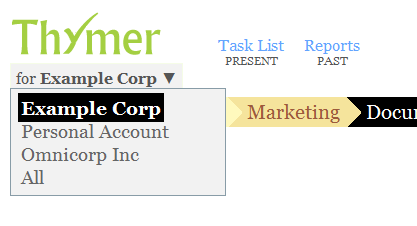
There is also a new “All Accounts” view, which you can access by clicking ‘All accounts’ from the menu above. It’s meant to give you an overview of all your tasks in all your accounts. Although we think it’s likely you’ll usually only with one account at the same time (e.g. the work account when at work, personal account when at home), we feel that having one global overview is really effective (and good for peace of mind), and it’s one of the reasons Thymer is designed the way it is.
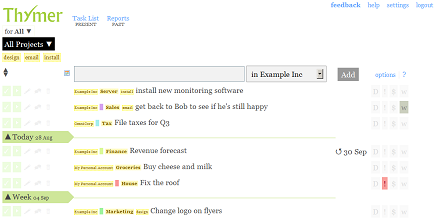
From this “All accounts” overview you can also an overview of all active projects in all accounts, and easily jump back and forth between projects:
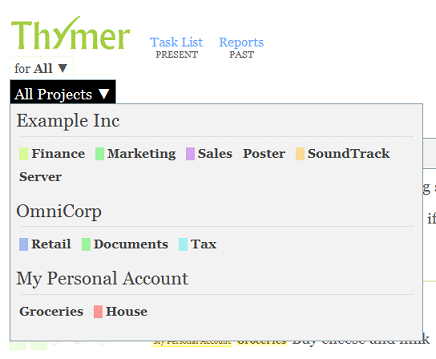
Permissions
Another new feature is the ability to set Permissions for your team. Permissions can be viewed per project or per user. There are global permissions that specify the role of a member in your team (account owner, administrator, normal user), and what functionality is available to this user:
- Can create projects
- Can log time
- View activity feed
- View reports
- Create reports
- Is administrator
Next to these global permission settings, the following project level permissions are now available. Per project you can set whether a user can:
- View (only view tasks and comments, no edit or create)
- View & Comment (only view tasks, but allowed to leave comments)
- Full access (view, comment, create, edit and log time for tasks)
- No access (project, its tasks, its comments and activity is invisible to the user)
Projects can only be edited by the creator of the project and administrators. (Administrators can revoke their own access rights to projects but always restore them in the Settings screen). To set the permissions of a new project, or edit the permissions of an existing project, click the “Permissions >>” button in the Edit/Add Project dialog.
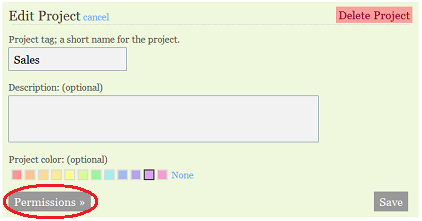
After clicking on the Permissions>> button:
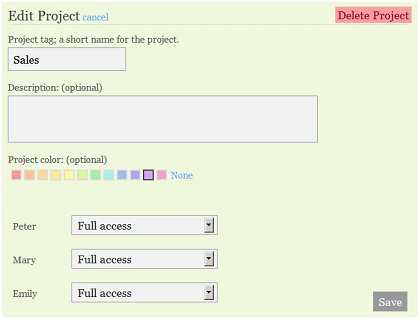
When creating a new user, Thymer will now ask what initial permissions this user should have. This makes it possible to for example invite an external client that’s only allowed to view the tasks in one project in which he or she is involved. Private project remain the same: only the creator of the project can view its tasks (and no permissions can be set for a private project).
For the general permissions, and the permission overview per user, see the screenshots under Settings.
Sub-Teams
When your team is getting bigger, the user list gets longer and harder to navigate. With sub-teams we make it easier to access the team members you work with most. The administrator a team can go to Settings >> People & Permissions and set up sub-teams. All that’s needed is a new for the sub-team (e.g. Developers, or PR) and select which users should be part of this team. A user can be part of multiple sub-teams or none at all (there’s always an “All” sub-team containing all members). You can always remove and change sub-teams, so feel free to experiment. The sub team lists are used to simplify the task lists and changing permissions, as seen in the following screenshots:
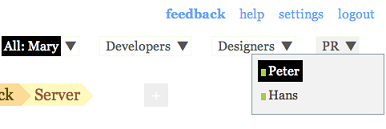
Quickly switch between task list of different sub team members
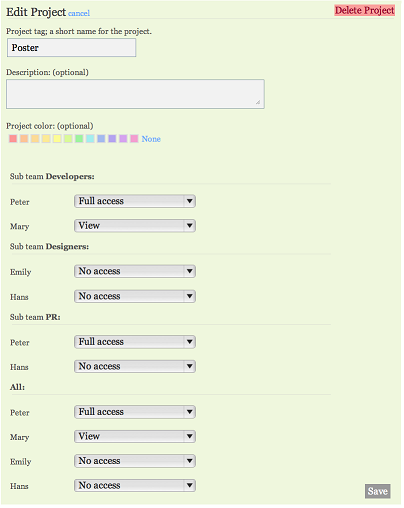
An overview of permissions per sub team
Settings
As we’ve been adding more and more features, our original Settings screen wasn’t practical anymore. We’ve completely redesigned it, and added new option screens for Permissions, Sub-Teams, inviting new team members and adding new accounts.
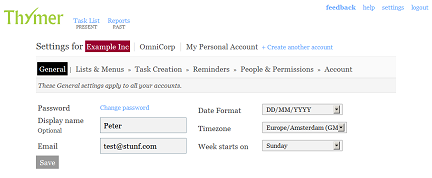
General Permissions
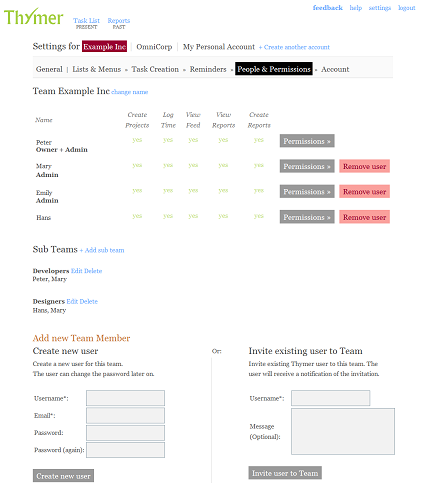
New Team Settings screen
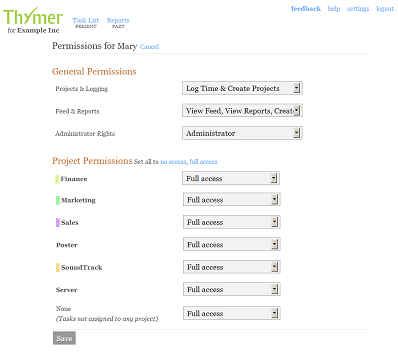
View and change permissions per user
We think all this will make it much easier to collaborate within and across teams. We hope you enjoy the new features!
